New Product: Action Target Introduces New 45 Degree Static Target
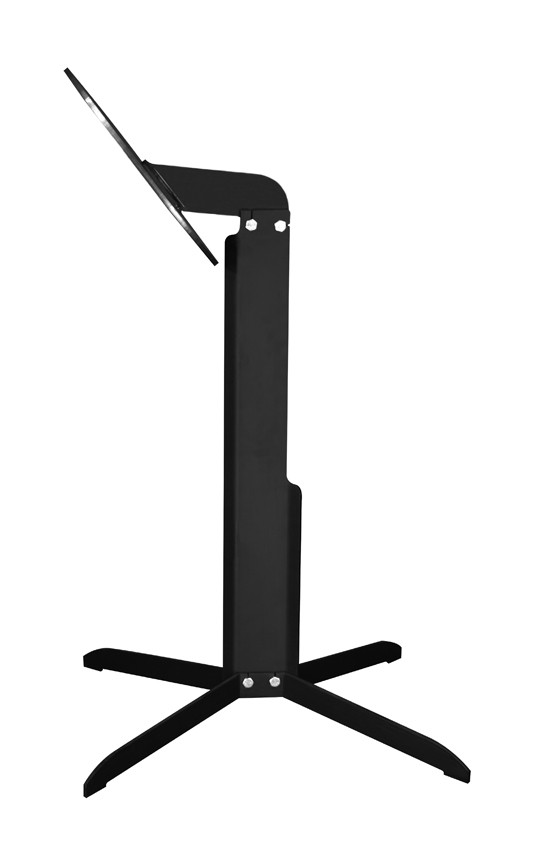
Action Target is pleased to announce the release of the new 45 Degree Static. Now you can shoot on steel with high-powered rifles at close range! The 45 Degree Static is the newest member of the AT Static family. With an AR 550 armor steel head plate slanted at 45 degrees, this static target is specifically designed for shooting high-powered […]
Accuracy After Injury: How Will You React in a Firefight When Suffering from the Symptoms of Shock?
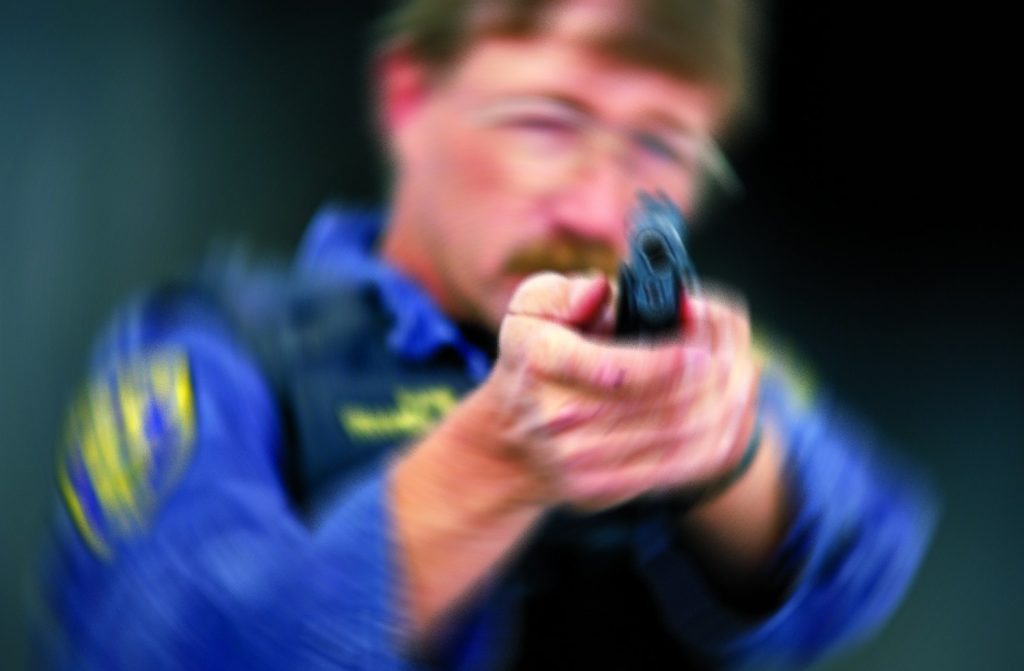
By: Brian C. Smith Editor’s Note: The views in this article are the author’s own and don’t necessarily represent those of Action Target, Inc. Approximately 16 years ago, I had a conversation with an old “salty” veteran police officer over lunch. He was sent by his police agency to attend a firearms class that I […]
New Product: Action Target Introduces New Sport Plate Rack
Action Target is pleased to announce the release of the Sport Plate Rack. Now you can train like the pros without spending a fortune! The Sport Plate Rack gives you all the training benefits of our full-size Plate Rack for only a fraction of the price. With six 4” armor steel plates that fall when hit, […]
Action Target’s Tactical Torso

Action Target is pleased to announce its newest target – the AT Tactical Torso. The AT Tactical Torso is the upgraded version of the popular AT Torso. With two swinging plates to simulate the lethal head and center mass zones, you get instant visual feedback from hitting the right spot. Unlike similar targets, you do […]
LETC 2012: Advanced Firearms Training for Professionals
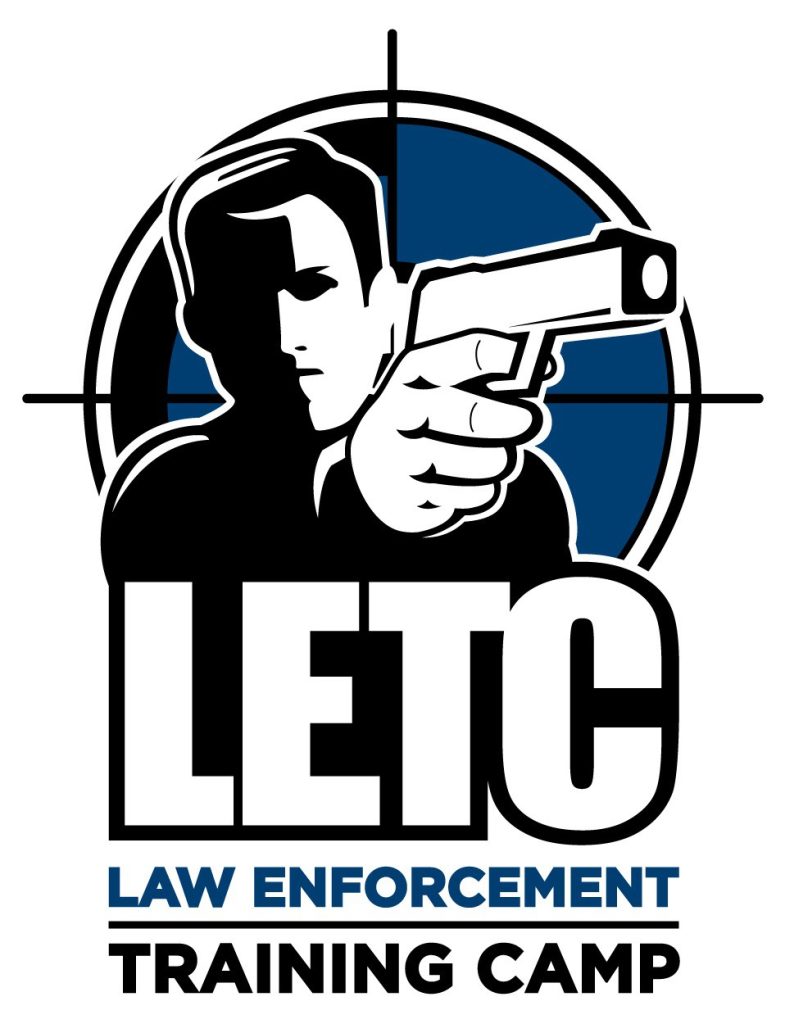
For over 20 years, Action Target has been holding the Law Enforcement Training Camp (LETC) to help law enforcement departments across the nation get the quality firearms training they need and deserve. LETC is designed to give department firearms instructors the knowledge and tools necessary to increase their deputies’ skill level in tactical situations. While […]
Perfect Practice Makes Perfect (Part 2)
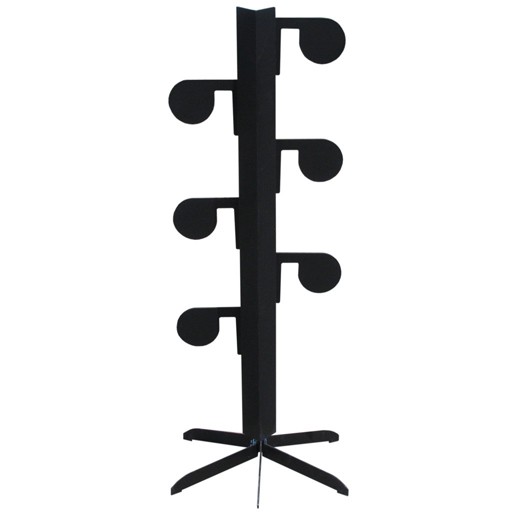
BY ABNER MIRANDA Editor’s Note: This is a continuation from last weeks article titled, Perfect Practice Makes Perfect. Action Target has republished this article in its entirety with the permission of the author. Ideas, comments, practices, recommendations, etc. are the author’s own and do not necessarily represent those of Action Target. The Action Target Dueling Tree […]
Action Target Produces Portable Target Course Book

Firearms instructors and administrators have an obligation to officers and to the public they serve, to do everything possible to ensure their firearms training and qualification programs are all they can be. However, many programs around the country struggle to provide realistic and quality training for their officers and there is often a lack of […]
Removing Roadblocks with the Action Target Academy

In 650 B.C., Archilochus said, “We don’t rise to the level of our expectations; we fall to the level of our training.” Although this saying is thousands of years old, it still holds true today and it, in a way, governs Action Target in its training development. Action Target developed the Action Target Academy (ATA) to provide world-class firearms and range development training to agencies and individuals throughout the country who have not had the opportunity to train with Action Target Portable Targets.
The Head-Shot Cadence Drill
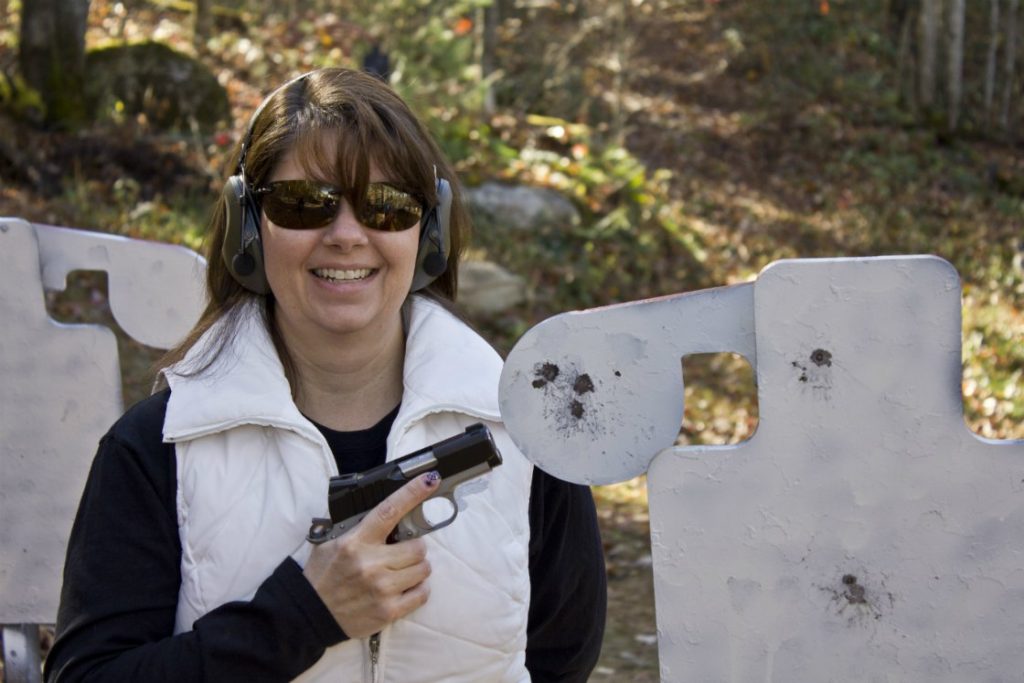
By Richard Mann Editor’s Note: The views in this article are the author’s own and don’t necessarily represent those of Action Target, Inc. Gunsite Instructor Il Ling New believes one of the best ways to train with a defensive handgun is to practice head shots at moderate to extended ranges; meaning as far out as […]
Tactical Training Tips: Key Points for Instructors & Shooters

By Jeffrey Denning Editor’s Note: The views in this article are the author’s own and don’t necessarily represent those of Action Target, Inc. Action Target hosted their 20th Law Enforcement Training Camp earlier this year. While pondering some of the unfortunate recent tragedies that have struck the law enforcement community nationwide — including a higher […]